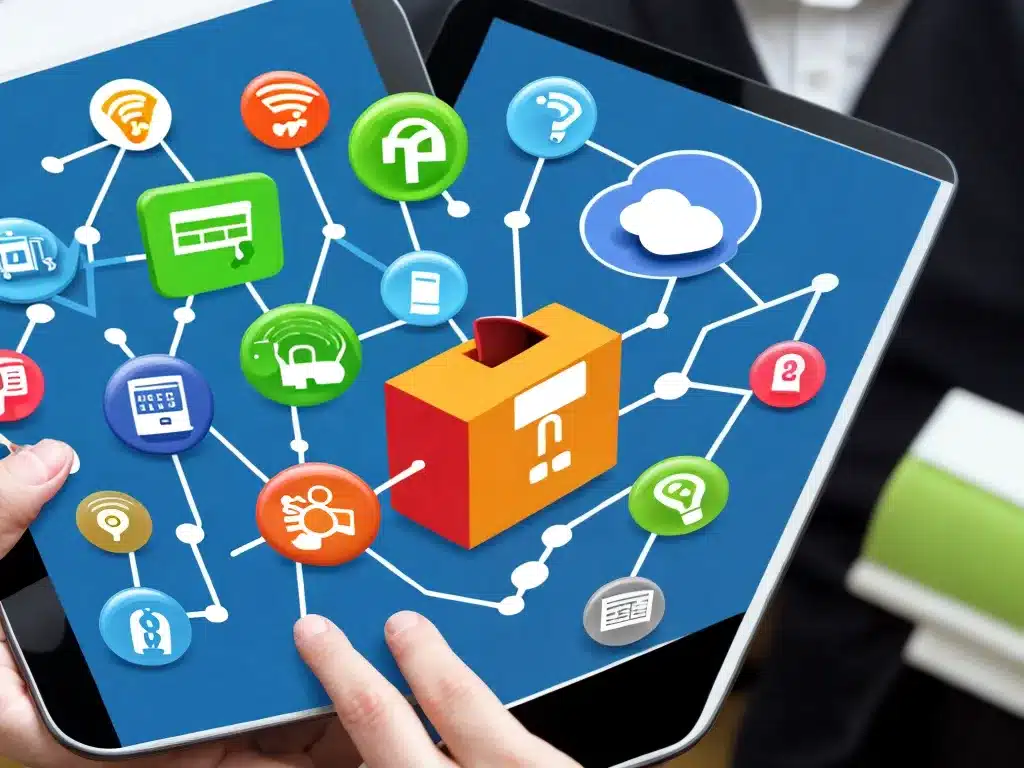
The Internet of Things (IoT) refers to the growing number of internet-connected devices and objects that are able to collect and share data. The consumer IoT market specifically focuses on IoT devices and applications aimed at individual consumers. This market has seen massive growth over the past decade and is only expected to continue expanding.
Key Consumer IoT Market Trends
The consumer IoT market is being shaped by several key trends:
Proliferation of Smart Home Devices
One of the biggest drivers of the consumer IoT market is the rapid proliferation of smart home devices. Smart speakers like the Amazon Echo and Google Home have become ubiquitous in many households. Likewise, consumers are adopting connected appliances like smart refrigerators, smart TVs, smart thermostats and more. The smart home market is expected to be worth over $150 billion by 2024.
Rise of Wearable Tech
Wearable tech such as smart watches, fitness trackers and smart glasses have also gone mainstream. More than 100 million smart watches are expected to ship in 2022. Fitness tracking is the most popular use case, but wearables are also being integrated with digital assistants and payment services. Fashion companies are also getting into wearable tech.
Growth of the Connected Car
While not yet ubiquitous, connected car technology is seeing rapid adoption. There are already over 50 million connected cars on the road globally. Key capabilities include vehicle tracking, emergency assistance, vehicle health monitoring, AI assistants, infotainment and more. 5G connectivity will further expand the possibilities.
Focus on the Smart City
Municipalities are beginning to embrace IoT technology to become “smart cities.” This includes solutions like connected infrastructure, autonomous transportation, air quality monitoring, digital citizen services and more. Consumer IoT devices will play a key role in the evolution of smart cities.
Prioritizing Security
As consumer IoT proliferates, security is becoming a top concern. Billions of insecure devices could be exploited by hackers. Developers are trying to bake security into devices from the start. Blockchain, AI and hardware security chips are potential solutions. Privacy issues around data collection also need to be addressed.
Key Consumer IoT Companies and Platforms
Several major players are shaping the consumer IoT landscape:
- Amazon is a leader in smart home technology through its Echo devices and Alexa voice assistant. It also owns smart doorbell maker Ring.
- Google has its own Nest smart home devices, Wear OS smartwatch platform and Android Auto connected car system.
- Apple has the popular Apple Watch wearable, HomeKit smart home platform, CarPlay connected car system and health/fitness focus.
- Samsung is a dominant smart appliance and TV brand. They also make smartwatches and have the SmartThings hub for controlling devices.
- Microsoft offers the Azure Sphere OS for IoT devices and security chips for hardware partners.
These companies battle to make their virtual assistants, cloud platforms and mobile ecosystems the hub for consumers’ connected experiences. Voice control is becoming the dominant interface.
Key Factors Driving Adoption
Several factors are driving increased consumer adoption of IoT devices and services:
-
Increasing awareness and appeal – As more consumers try out devices like smart speakers, positive word of mouth spreads awareness. IoT capabilities like voice control also have mainstream appeal.
-
Maturing technology – Early bugs in software and hardware are improving. Prices are also falling rapidly, spurring purchases.
-
Desire for convenience – Automating tasks and controls with IoT technology has strong appeal for time-strapped consumers.
-
Focus on health – Fitness tracking wearables and health monitoring apps resonate with today’s health-conscious consumers.
-
IoT-enabled services – More services are integrating with IoT devices, like hailing a Lyft from a smartwatch. This expands the functionality.
-
Desire for smart, connected experiences – Today’s consumers have grown accustomed to advanced technology experiences. IoT delivers them across various parts of life.
Challenges Facing Consumer IoT
Despite promising growth projections, the consumer IoT industry also faces some challenges:
-
Fragmentation – There is a huge diversity of devices, platforms and ecosystems. Achieving compatibility and standardization across this fragmentation will be difficult.
-
Security and privacy – Billions of insecure, unregulated IoT devices pose massive security and privacy risks to consumers. Data collection and monitoring without user knowledge is also an issue.
-
Connectivity and bandwidth constraints – Many devices still use WiFi and Bluetooth. Supporting huge growth will put pressure on home networks. The rollout of 5G should help somewhat.
-
Uncertain business models – For device makers and platforms, it’s unclear yet how to make money long-term from consumer IoT. They aim to monetize through content, services and data.
-
Battery limitations – Many devices have short battery life and inconvenient recharging needs. Improved battery efficiency is required. Energy harvesting tech could also help.
Outlook for the Consumer IoT Industry
Despite the challenges, analysts are bullish on consumer IoT. Homes and individuals are expected to become more and more connected over the next decade. 5G networks will enable new use cases. Voice control, VR and artificial intelligence are poised to transform the consumer IoT market. Blockchain and edge computing could improve device security and efficiency. IoT will become integral to consumers’ digital experiences and daily lives. Key players need to collaborate to ensure broad compatibility, address security flaws and respect consumer privacy. If they succeed, consumer IoT has the potential to profoundly impact society. But it will require responsible policies and practices as this technology integrates deeper into individuals’ homes and lives.












